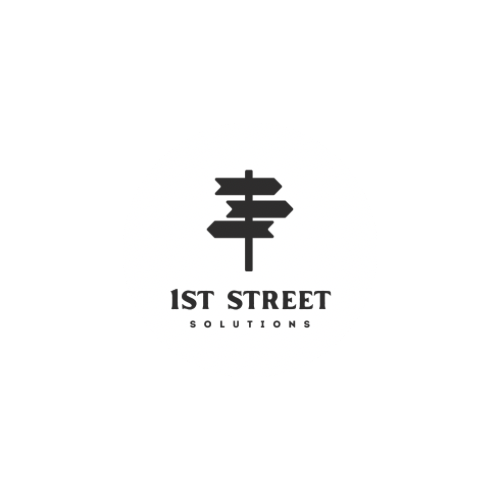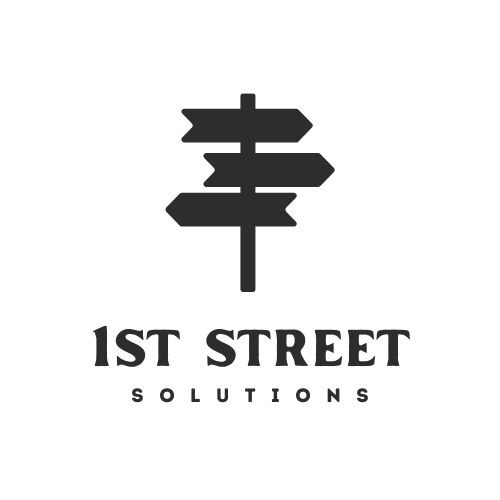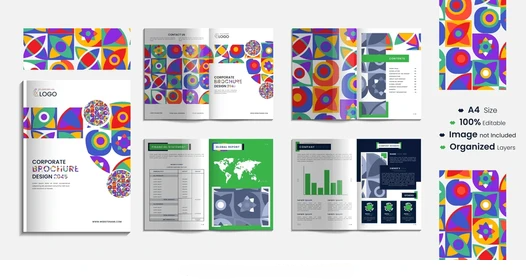When it comes to marketing materials, a brochure is one of the most versatile and cost-effective tools you can use to promote your brand. But beyond eye-catching design and compelling copy, the success of a brochure depends greatly on the paper quality and finish. These elements impact how your audience perceives your brand — making it essential to choose wisely.
Understanding how paper types, weights, and finishes work can help you make informed decisions, especially if you’re comparing brochure printing rates or working with a book manufacturing company. This guide explains how to select the best paper and finish for your brochure, boosting its impact and value.
What Are the Most Common Paper Types Used in Brochure Printing?
One of the first steps in creating a professional brochure is selecting the right paper stock. There are three popular options:
- Gloss Coated Paper
This paper has a shiny finish that enhances color vibrancy. It’s ideal for brochures that include lots of images and bold colors, such as product catalogs or real estate listings. - Matte Coated Paper
Matte paper has a non-glossy, smooth finish that provides a more elegant and subtle appearance. It is great for content-heavy brochures, such as corporate profiles or service menus, where readability is key. - Uncoated Paper
Uncoated paper feels more natural and is easier to write on, making it suitable for appointment reminders or fillable forms. However, colors may appear slightly duller on this type of stock.
When selecting a paper type, consider how you want your audience to interact with your brochure. Are you aiming to impress with vivid visuals, or do you want them to fill out a response form? Your answer will guide your paper choice.
How Does Paper Weight Affect the Look and Feel of a Brochure?
Paper weight plays a significant role in how durable and premium your brochure feels. Paper weight is usually measured in GSM (grams per square meter), and the higher the number, the thicker the paper.
- 80–100 GSM: Lightweight and economical, but not ideal for premium brochures.
- 120–170 GSM: A popular choice for inner pages in multi-page brochures. Offers a good balance between cost and quality.
- 200–250 GSM: Perfect for tri-fold or bi-fold brochures. These weights feel sturdy and professional.
- 300–400 GSM: Very thick and often used for brochure covers. Feels like a postcard and conveys high quality.
Choosing the right paper weight also depends on your brochure printing rates. Heavier paper is more expensive, so it’s essential to balance your budget with your desired finish. A reliable book manufacturing company can help you compare the options to get the best value.
Which Paper Finish Should You Choose: Gloss, Matte, or Satin?
Beyond paper type and weight, the finish adds the final touch. The finish impacts how the brochure reflects light, how it feels in the hand, and how durable it is over time.
Gloss Finish
Gloss finishes provide a shiny and polished surface, making colors pop. They’re perfect for brochures that rely on visual appeal. However, they can show fingerprints and are harder to write on.
Matte Finish
Matte gives a soft, non-reflective finish that’s easy to read under different lighting. It feels smooth and modern — ideal for high-end or informational brochures. If you’re printing text-heavy brochures, matte is the way to go.
Satin Finish
Satin offers a middle ground between gloss and matte. It provides a slight sheen without the high shine of gloss. It enhances images while maintaining readability, making it a versatile option for many industries.
Your decision should align with your brand personality. If you’re selling luxury products or services, a matte or satin finish might align better with your identity. On the other hand, vibrant and colorful brands may benefit more from a gloss finish.
What Role Does Your Industry Play in Paper and Finish Selection?
The right choice of paper and finish may also depend on the industry you operate in:
- Real Estate & Travel: Glossy paper with bold colors works best for showcasing properties or destinations.
- Healthcare & Education: Matte or satin finishes with readable fonts ensure clarity of information.
- Fashion & Beauty: Thick matte or soft-touch finishes give a premium feel to high-end products.
- Corporate Services: Uncoated or satin finishes on heavier paper reflect professionalism.
Many businesses consult a book manufacturing company to identify the paper and finish combinations that suit their industry while keeping brochure printing rates manageable.
How Do Environmental Considerations Affect Paper Choice?
In today’s eco-conscious world, your brochure can make a positive statement through sustainable paper options:
- Recycled Paper: Available in gloss, matte, or uncoated finishes, recycled paper is a responsible choice that doesn’t compromise on quality.
- FSC-Certified Paper: The Forest Stewardship Council (FSC) certifies paper that comes from responsibly managed forests.
- Soy-Based Inks: These inks are more environmentally friendly and often used by modern printers.
Opting for green printing options can enhance your brand image, especially if sustainability is part of your brand values.
Should You Choose Digital or Offset Printing for Brochures?
Your method of printing also influences paper compatibility and cost:
- Digital Printing: Best for short runs (under 500 copies). Allows for quick turnaround and flexibility with personalized content.
- Offset Printing: Ideal for large volumes. Though initial setup costs are higher, per-unit costs are lower for bulk orders.
A reputable book manufacturing company can advise on which printing method suits your project and budget while helping you maintain optimal brochure printing rates.
What Are Some Common Mistakes to Avoid?
Here are a few pitfalls to steer clear of:
- Overlooking Readability: Don’t sacrifice readability for fancy finishes. Make sure fonts and images are legible.
- Choosing Too Thin Paper: A flimsy brochure can leave a poor impression and won’t last long.
- Ignoring the Purpose: If your brochure will be mailed, avoid heavier stock to save on postage. If it’s handed out in person, thicker paper adds a premium feel.
A little planning can go a long way in making sure your brochures are effective and aligned with your marketing goals.
Final Thoughts: How Can the Right Paper and Finish Elevate Your Brand?
Choosing the right paper and finish for your brochure isn’t just about aesthetics — it’s a strategic decision that reflects your brand’s quality, message, and professionalism. From paper type and weight to finish and environmental impact, every detail matters.
Whether you’re promoting a product, service, or event, the brochure you hand out speaks volumes. Collaborating with a trusted book manufacturing company can help you navigate choices smartly, ensuring your brochures stand out — all while keeping your brochure printing rates competitive.
Investing time in selecting the right materials not only adds value to your print marketing but also leaves a lasting impression on your audience. So, before you hit print, take a moment to evaluate your options — your brand deserves nothing less.




